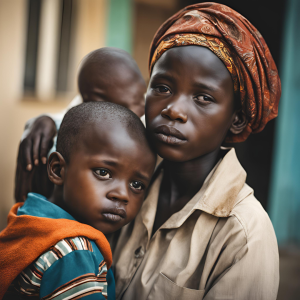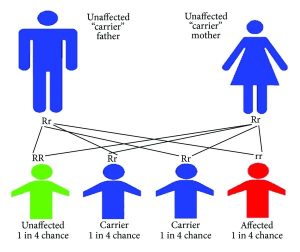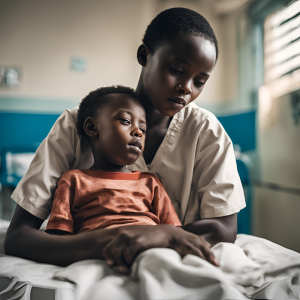Summary:
- High Incidence and Child Mortality: Over 66% of the 120 million global sickle cell cases are in Africa, with 240,000 children born annually with the disease. Between 50-90% of these children die before age five.
- Rising Mortality Rates: In 2019, Africa recorded 38,403 deaths due to sickle cell, a 26% increase from 2000, highlighting insufficient investment in combating the disease.
- Efforts and Challenges: Initiatives like the ASH Consortium on Newborn Screening in Africa aim to improve early detection and management, but comprehensive guidelines and stronger governmental commitment are urgently needed.
Health experts fear that the burden of sickle cell anemia continues to be heavy in Africa, and if the necessary measures are not taken, the disease may completely disable the health systems of many countries on the continent. At the first conference on the PEN-Plus strategy to focus on non-communicable diseases in the continent (ICPPA) in May in Tanzania, health experts expressed concern that the continent continues to face significant dangers. According to a report by the World Health Organization (WHO), among the 120 million people living with sickle cell worldwide, more than 66 percent reside in Africa. Additionally, between 75 percent and 85 percent of these individuals are children born in Africa, amounting to approximately 240,000 children annually.

Woman with a child
In Kenya, it is estimated that 6,000 children are born with sickle cell every year, and experts argue that this number may increase by 2050. The disease’s prevalence and impact are substantial, with Africa recording 38,403 deaths due to sickle cell in 2019, an increase of 26 percent from the year 2000. This burden results from poor investment in efforts to combat the disease, including the lack of sufficient centers to test for it, especially among newborns.

sickle cell genes inheritance
The statistics are dire: between 50 and 90 percent of children born with sickle cell in Africa die before reaching five years of age. This high mortality rate is primarily due to the inability of many countries to provide adequate treatment. In some countries, such as Kenya, 90 percent of children suffering from sickle cell die before reaching five years old.
In response to this crisis, the American Society of Hematology (ASH) established a partnership with hematologists in Africa and other health professionals in 2021. This collaboration led to the creation of the ASH Consortium on Newborn Screening in Africa (CONSA), an international consortium aimed at demonstrating the importance of screening for sickle cell among infants as a method to manage the disease. However, challenges remain even among mature individuals, where testing to determine their condition is limited despite its importance in managing the disease and reducing the number of affected newborns.

woman with child
Experts emphasize that there should be strong, comprehensive guidelines on the control of sickle cell disease to reduce its burden among Africans. Above all, African governments must take the issue of sickle cell seriously and invest in necessary healthcare infrastructure and resources to manage and mitigate the disease’s impact effectively.
Story by
Saenyi Barasa
